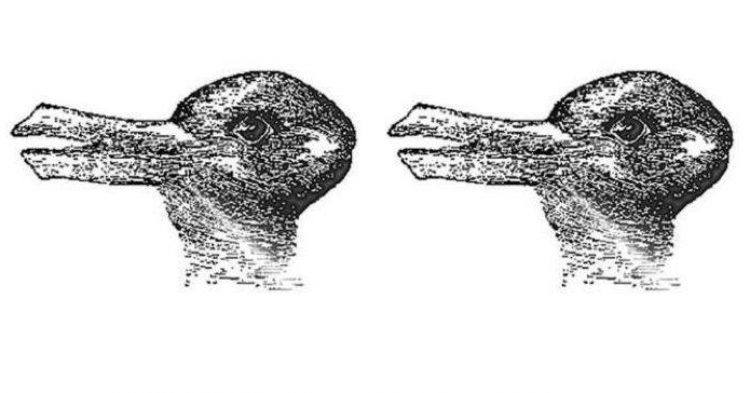Back in 1899, American psychologist Joseph Jastrow created a “duck-rabbit” illusion because he wanted to study what particular animals people said that saw in his drawing.
At the time, he never could have imagined that his illusion would go viral over one hundred years later.
When he made this drawing, Jastrow wanted to study perception as well as how easy it was to influence which animal people saw by giving suggestions. His research was far ahead of it’s time, and 120 years later, people are still studying the drawing!
Take a look at the drawing and see which animal you see first? Do you see a duck, a rabbit, or both? It turns out that your answer says a lot about your brain.
Research states that being able to see both a rabbit and a duck, and to switch between the two, indicates that someone is a creative person.
Knowing this, neuroscientist Kyle Mathewson decided to take Jastrow’s research a step further recently by carrying out with his group at the Beckman Institute in Illinois.

Matthewson concluded that though some parents only saw a rabbit or a duck, others were able to switch between the two.
“We’re allowing people to use higher level processes in a better way, in a new way,” he wrote in the conclusion of his study.
“So it’s not that their eyes aren’t letting them see, or that your visual system doesn’t let you see a duck beside a rabbit, but that everything you thought about ducks and rabbits before didn’t let you see the duck and the rabbit. So we’re giving you a new lens to look at the figures.”
In the end, creative people are better able to see multiple possibilities, which allows them to see two different animals at once in the same drawing. Others who see one animal are better able to define things and feel concrete about their perceptions, which has it’s own benefits in life as well.
COMMENTS POLICY: We have no tolerance for messages of violence, racism, vulgarity, obscenity or other such discourteous behavior. Thank you for contributing to a respectful and useful online dialogue.